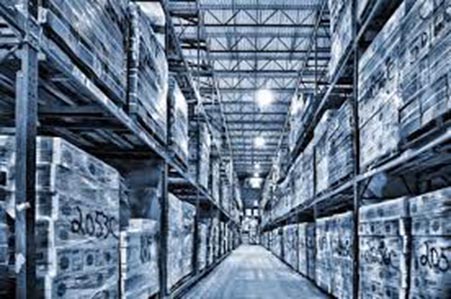-
Cold chain operators expect growth opportunities in the second half even as high fuel costs and supply chain disruptions remain a challenge
-
Cold Chain Association of the Philippines sees growth in the domestic market amid food safety worries and the need to build buffer food supply versus production cycle and import shipments
-
Pork and poultry supply shortfalls, international shipping backlogs, and high fuel and electricity costs are hurting operations
-
Operating costs are up 30-50% with refrigerated transport heavily affected
-
CCAP expects capacity utilization to return to the normal 75-80% levels in the second half
The Cold Chain Association of the Philippines (CCAP) sees growth openings for the industry in the second half of the year, even as challenges such as high fuel costs and supply chain disruptions remain.
“The industry remains optimistic that opportunities for industry growth are still available in the domestic market with the growing concern for food safety and a need to build buffer inventories of food supply to offset delays in production cycles and import shipments,” CCAP president Anthony Dizon told PortCalls in an email.
For now, various factors—domestic and international–are hurting operations. On the local front, Dizon noted the apparent shortfall in poultry production with supply not yet fully recovered from the outbreak of the African swine flu (ASF).
International shipping backlogs and the occurrence of Avian flu in some source countries have also delayed import shipments.
These developments have translated to lower cold storage occupancy levels of 50-60%, lower than the historical average of 75-80%.
But Dizon said CCAP is hopeful capacity utilization will revert to the historical average in the second semester this year with the expected influx of the balance of pork import shipments under the government’s minimum access volume plus (MAV+) scheme, and the easing of import bans from source countries of mechanically deboned meat.
Last year, Executive Order No. 133 raised the MAV for pork imports to 254,210 metric tons from 54,210 MT “to (fill) the existing shortage, decrease retail prices, and stabilize inflation” brought about by the ASF outbreak in 2019.
Relatedly, under EO 135, the government temporarily reduced the most-favored nation tariff on imported fresh, chilled, or frozen swine meat. The reduced tariff was extended until December 31, 2022 via EO 171 issued in May.
Dizon said CCAP “would like to view the extension of the MAV+ duty as a positive move to counteract inflation.”
High fuel prices
Meanwhile, high fuel costs have also particularly affected the refrigerated transport sector, which the cold storage industry heavily relies on. Dizon said operating costs have increased from 30% to 50% as a result.
“CCAP members continue to work closely across industry sectors to craft strategic approaches to mitigate the impact of the fuel cost increase, e.g., load optimization, route consolidation etc,” he explained.
He said the industry is also bracing for the impact of higher electricity costs, which is expected in light of foreign currency exchange adjustments. He said this can only be countered by improved operating efficiencies and energy saving methods.
Inflation is being seen as a “multifaceted factor in the industry,” Dizon said.
While “on the one hand, we could benefit from higher inventory levels in safekeeping. However, it is also possible that inflation could affect production costs, which could constrain SMEs (small and medium enterprises) to adjust production volumes,” he said.
“Additionally, the foreign exchange movements will definitely affect import costs with corresponding impact on production and distribution costs.”
Benefits from the extended imposition of reduced import duty on meat, which Dizon said was a short-term measure, has yet “to be fully realized because of the delays in shipment arrivals.”
He noted events worldwide “provide a graphic setting for the Philippines to take a closer look at the country’s agricultural policies and food security program.”
“With the supply disruptions and the protectionist policies being imposed by some countries in their food exports, we see an urgent need to develop short-term action plans and medium-term strategies to achieve a respectable degree of self-sufficiency in food production,” Dizon said.
The cold chain is only one component of the food value chain, he noted, and a wholistic approach is needed to “address concerns about improved productivity, development of locally produced materials/ingredients as import substitutes for food processing, and consumer education to embrace/accept necessary changes in consumption habits/practices.”
With the incoming administration “cognizant of the food supply concerns”, Dizon said CCAP is hopeful that “action plans will be undertaken in the short term, and medium-term strategies will be laid out to respond to our aspirations for food sufficiency and food security.” – Roumina Pablo





